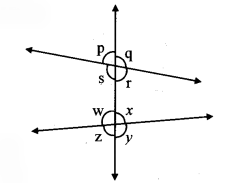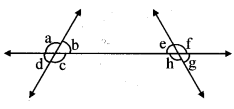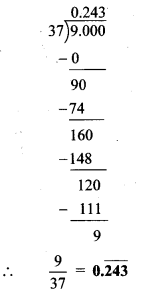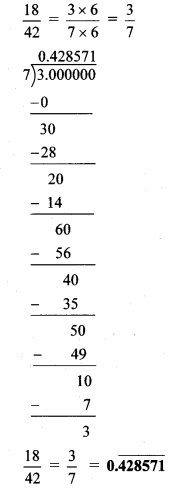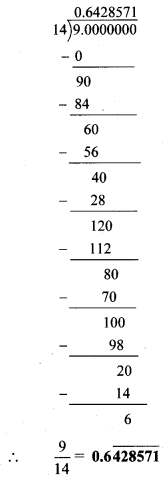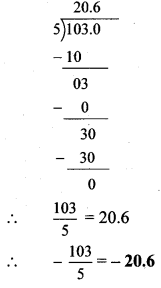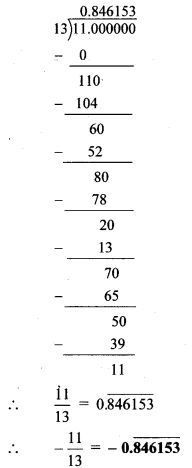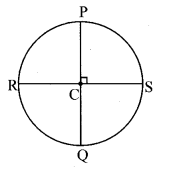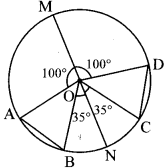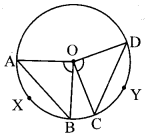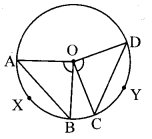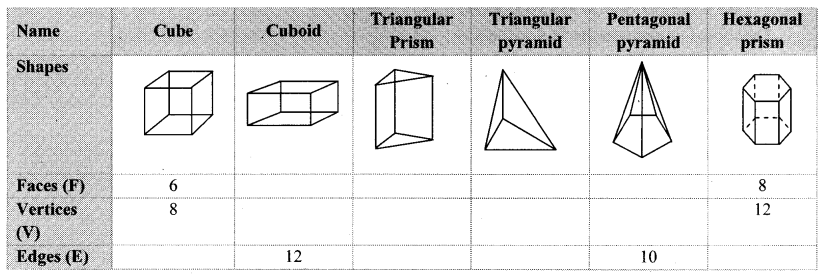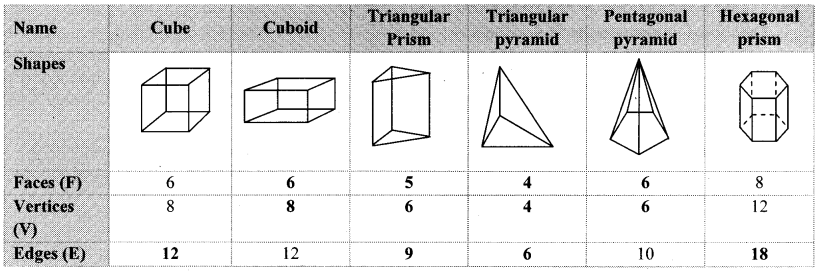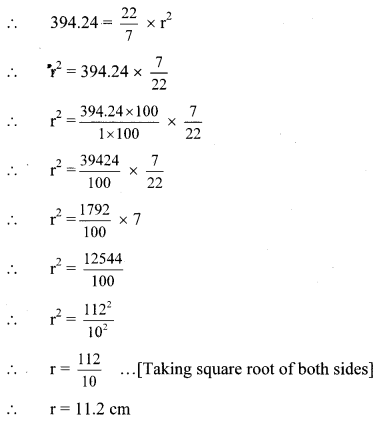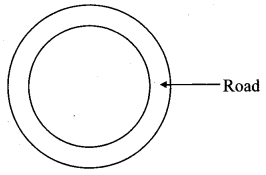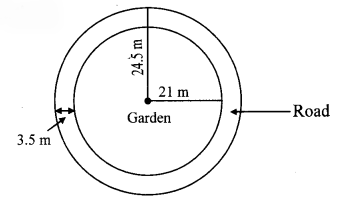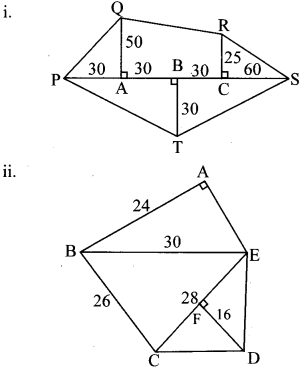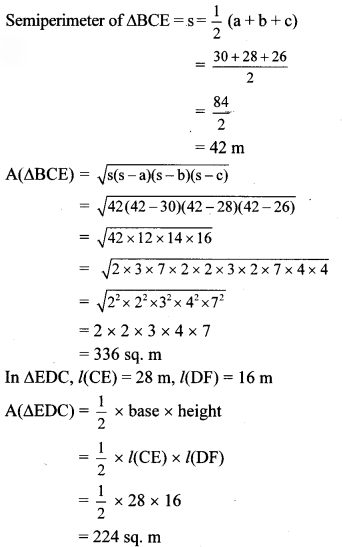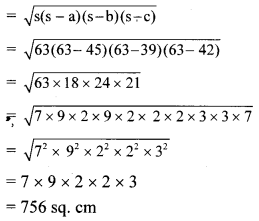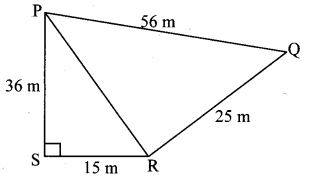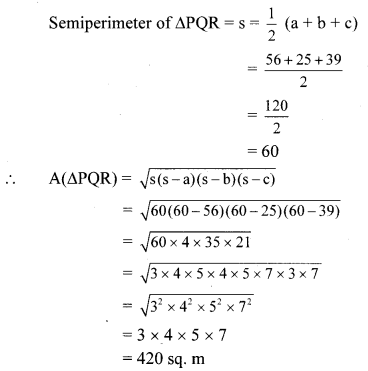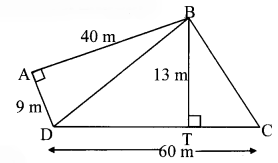Balbharti Maharashtra State Board Class 8 Maths Solutions covers the Practice Set 16.1 8th Std Maths Answers Solutions Chapter 16 Surface Area and Volume.
Practice Set 16.1 8th Std Maths Answers Chapter 16 Surface Area and Volume
Question 1.
Find the volume of a box if its length, breadth and height are 20 cm, 10.5 cm and 8 cm respectively.
Given: For cuboid shaped box,
length (l) = 20 cm, breadth (b) = 10.5 cm and height (h) = 8cm
To find: Volume of a box
Solution:
Volume of a box = l x b x h
= 20 x 10.5 x 8
= 1680 cc
∴ The volume of the box is 1680 cc.
Question 2.
A cuboid shaped soap bar has volume 150 cc. Find its thickness if its length is 10 cm and breadth is 5 cm.
Given: For cuboid shaped soap bar,
length (l) = 10 cm, breadth (b) = 5 cm and volume = 150 cc
To find: Thickness of the soap bar (h)
Solution:
Volume of soap bar = l x b x h
∴ 150 = 10 x 5 x h
∴ 150 = 50h
∴ \(\frac { 150 }{ 50 }=h\)
∴ 3 = h
i.e., h = 3 cm
∴ The thickness of the soap bar is 3 cm.
Question 3.
How many bricks of length 25 cm, breadth 15 cm and height 10 cm are required to build a wall of length 6 m, height 2.5 m and breadth 0.5 m?
Given: For the cuboidal shape brick:
length (l1) = 25 cm,
breadth (b1) = 15 cm,
height (h1) = 10 cm
For the cuboidal shape wall:
length (l2) = 6 m,
height (h2) = 2.5 m,
breadth (b2) = 0.5 m
To find: Number of bricks required
Solution:
When all the bricks are arranged to build a wall, the volume of all the bricks is equal to volume of wall.
∴ \(\text { Number of bricks }=\frac{\text { volume of the wall }}{\text { volume of a brick }}\)
i. Volume of a brick = l1 x b1 x h1
= 25 x 15 x 10 cc
ii. l2 = 6m = 6 x 100 …[∵ 1m = 100cm]
= 600 cm
h2 = 2.5 m = 2.5 x 100 = 250 cm
b2 = 0.5 m = 0.5 x 100 = 50 cm
Volume of the wall = l2 x b2 x h2
= 600 x 50 x 250 cc
iii. \(\text { Number of bricks }=\frac{\text { volume of the wall }}{\text { volume of a brick }}\)
= \(\frac{600 \times 50 \times 250}{25 \times 15 \times 10}\)
= 40 x 2 x 25
= 2000 bricks
∴ 2000 bricks are required to build the wall.
Question 4.
For rain water harvesting a tank of length 10 m, breadth 6 m and depth 3 m is built. What is the capacity of the tank? How many litre of water can it hold?
Given: For a cuboidal tank,
Length (l) = 10 m, breadth (b) = 6 m, depth (h) = 3 m
To find: Capacity of the tank and litre of water tank can hold.
Solution:
i. l = 10m = 10 x 100 …[∵ 1m = 100cm]
= 1000 cm,
b = 6 m = 6 x 100 = 600 cm,
h = 3 m = 3 x 100 = 300 cm
Volume of the tank = l x b x h
= 1000 x 600 x 300
= 18,00,00,000 cc
ii. Capacity of the tank = Volume of the tank
= 18,00,00,000 cc
= \(\frac{18,00,00,000}{1000}\)
…[∵ 1 litre =1000 cc]
= 1,80,000 litre
∴ The capacity of the tank is 18,00,00,000 cc and it can hold 1,80,000 litre of water.
